16 ways to mark Hispanic Heritage Month in NYC
Full list ahead
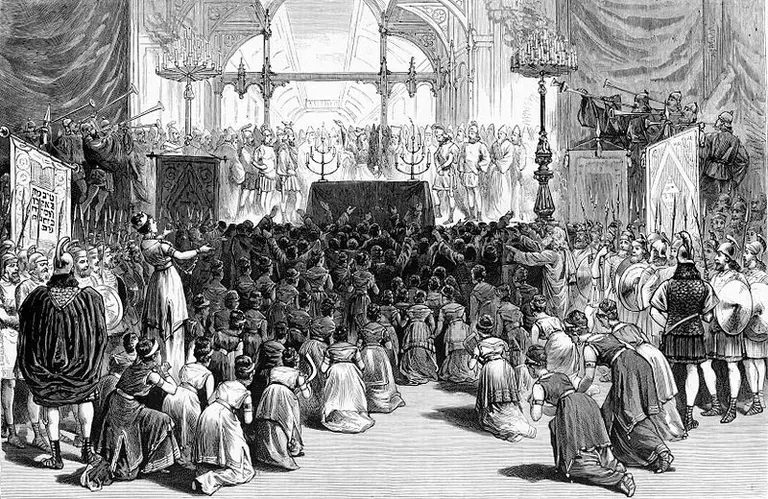
Hanukkah celebration by the Young Men’s Hebrew Association at the Academy of Music in New York City, 1880, via Wikimedia Commons
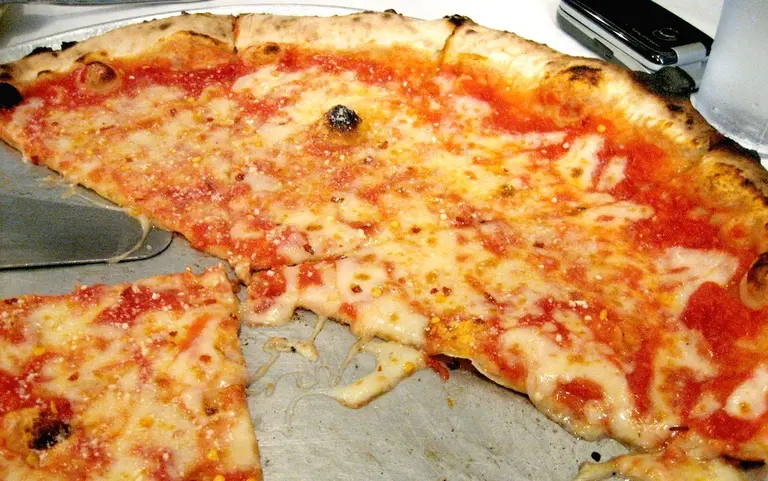
Photo of Patsy’s pizza by Patrick Woodward, via Wikimedia Commons
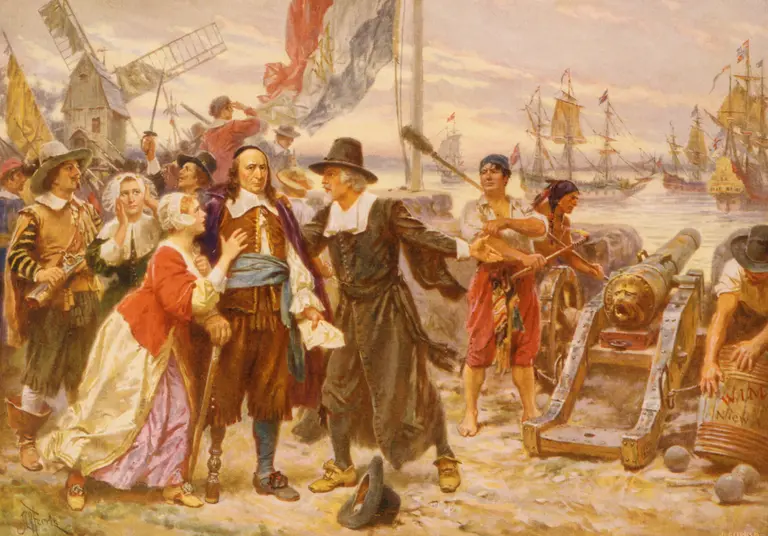
Jean Leon Gerome Ferris’s painting “The Fall of New Amsterdam, which shows New Amsterdam residents begging Peter Stuyvesant to surrender to the British. Via The Library of Congress, Prints and Photographs Division.
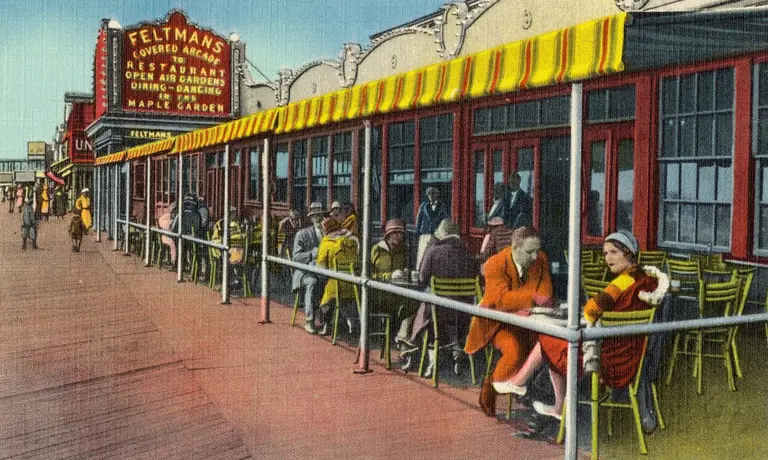
Feltman’s via Boston Public Library
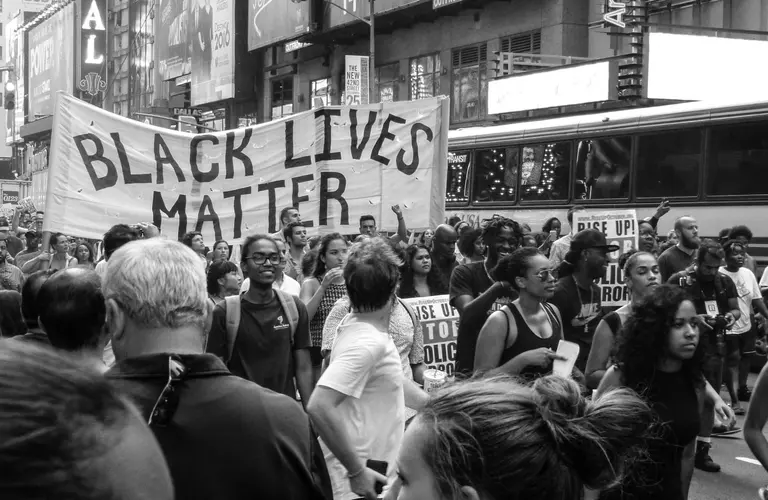
Photo of a Black Lives Matter demonstration in 2016 by Nicole Baster on Unsplash
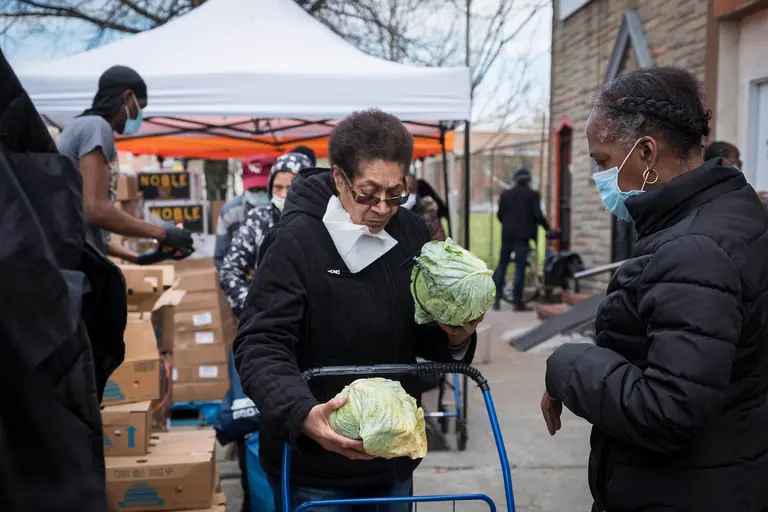
The Campaign Against Hunger food pantry in Brooklyn. Photo Credit: Ed Reed/Mayoral Photography Office on Flickr
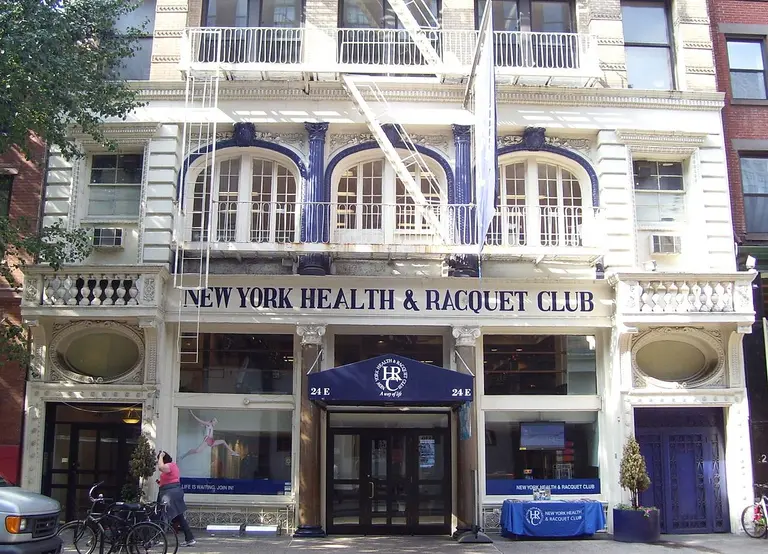
Photo by Beyond My Ken / Wiki Commons
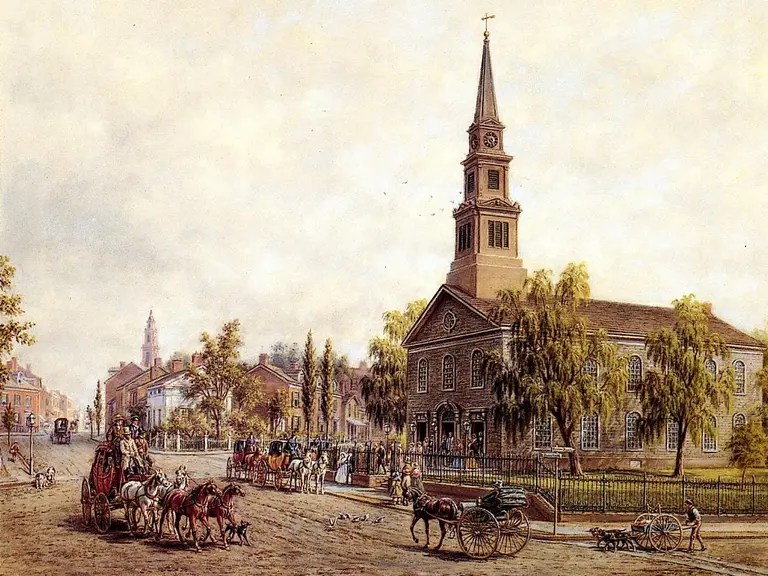
The area in the 1840s, via Wiki Commons
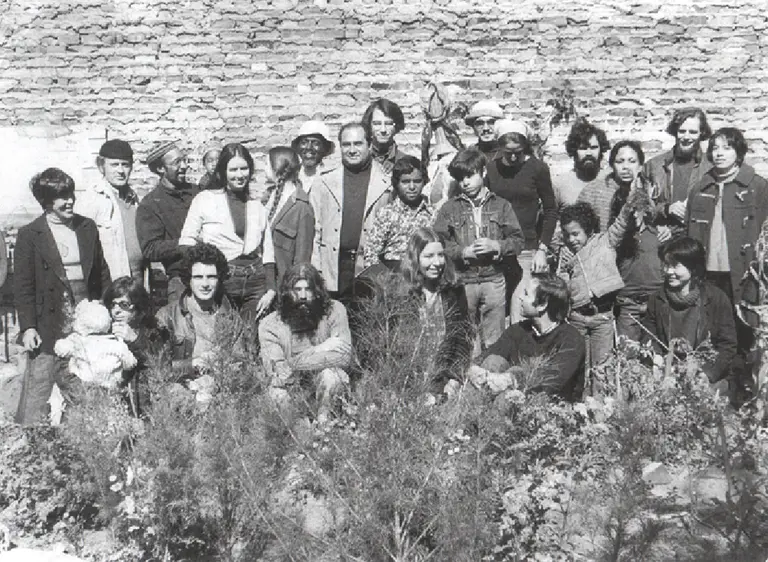
Community Gardeners at the Bowery Houston Community Farm and Garden, 1974 via Liz Christie Community Garden
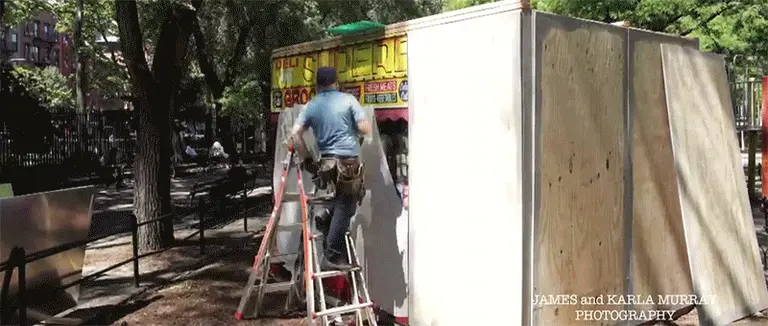
Video © Michael Ursone Films